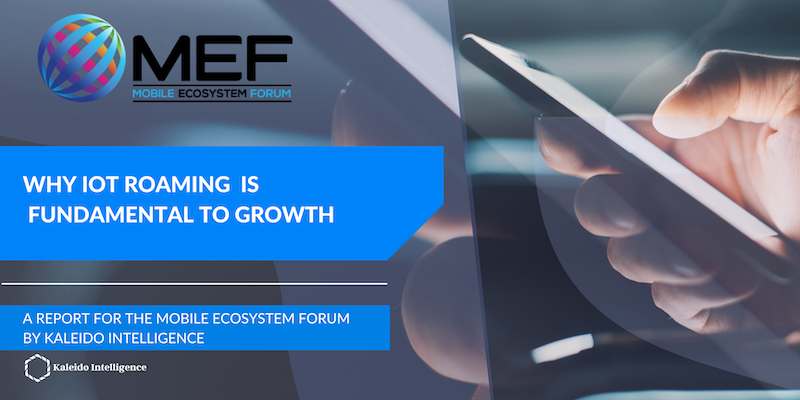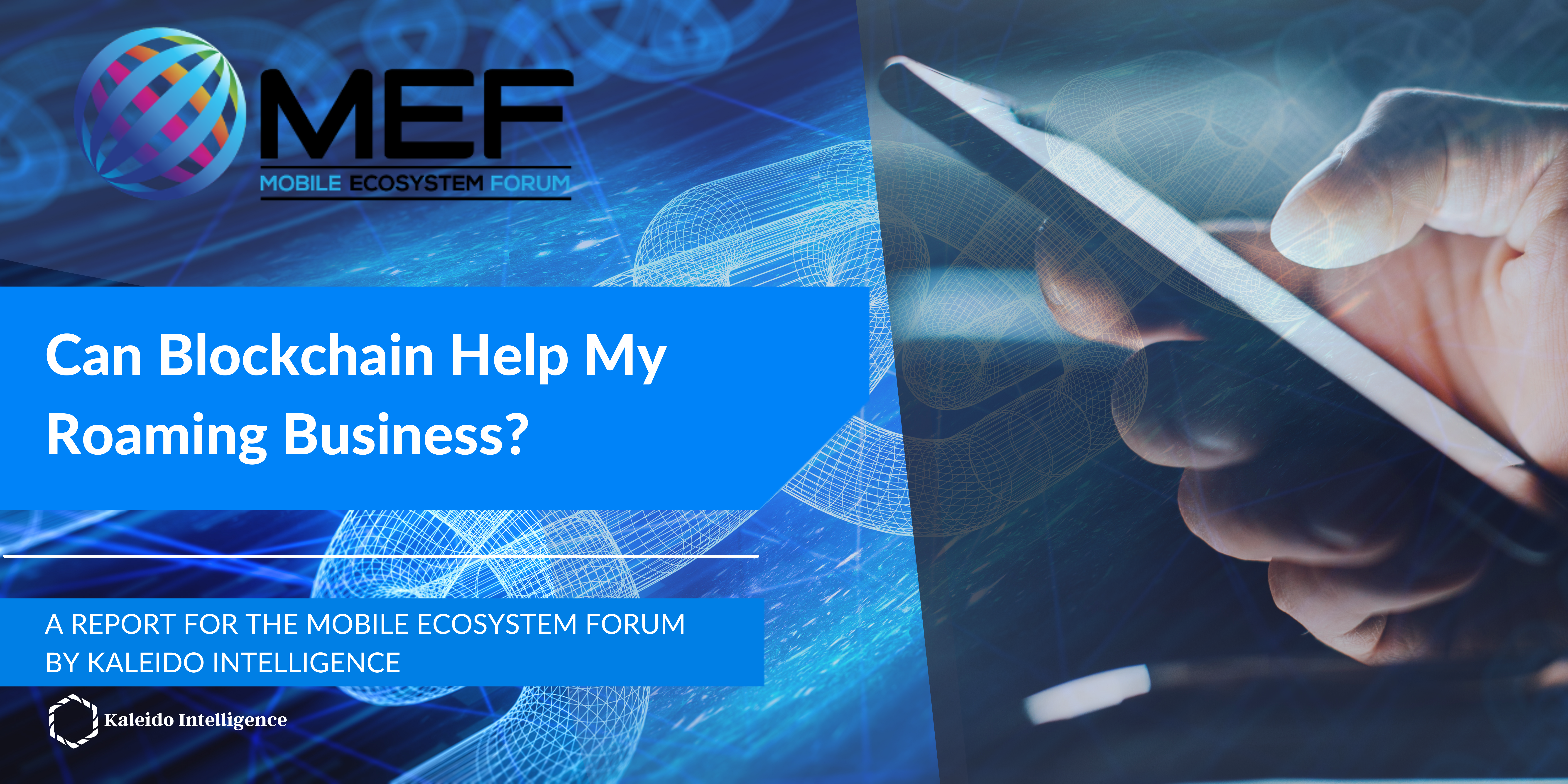The number of VoLTE service subscriptions is estimated to reach 3.8 billion by the end of 2021; this is forecast to reach 7.2 billion by the end of 2026. VoLTE is making good progress in domestic markets; however, roaming deployments are still patchy around the world.
With more operators focusing on 5G roaming rollout and with 4G becoming mainstream, VoLTE roaming has become necessary for operators worldwide. This is compounded by a rising number of 2G and 3G network closures. While it is still early days for 5G worldwide, it is quite evident that operators will need to roll out VoLTE networks more urgently as in a 5G standalone network scenario, only fallback to a VoLTE network is supported.
In this free report, we explain the outlook for VoLTE Roaming, the challenges faced by mobile operators and why they must immediately prioritise VoLTE roaming deployments.
Why Roaming is Fundamental to IoT Growth
Cellular IoT is expected to see significant growth over the coming 5 years, fuelled by falling hardware costs, innovation in the connectivity space to reduce supply chain complexity, deployment scaling and coverage, the emergence of LPWAN (LTE-M and NB-IoT) standards and, importantly, COVID-19.
However, the international nature of IoT deployments means that roaming will continue to play a significant role in providing the necessary coverage for devices, even as market traction for solutions such as eSIM grows. Roaming offers a relatively simple go-to-market solution for enterprise customers to address connected use cases across the globe and is likely to form a key supporting element of growing NB-IoT and LTE-M device volumes.
In this free report, we explain how IoT roaming is evolving, examining how regulation, monetisation and competitiveness can be addressed by operators and IoT service providers.
Does Blockchain have a role to play in Roaming?
Blockchain is one of the most hyped technologies at the moment and blockchain in roaming is fast emerging as one of the megatrends within this sector, with a clear perception that the rollout of 5G represents the optimal moment for the deployment of both BCE and blockchain.
While various telcos were amongst the earliest companies to explore blockchain benefits, progress towards commercial deployment has been slow. That said, telcos have identified a number of broad areas where blockchain might potentially be integrated into their systems, and one of these areas is international roaming
In this free report, we look at the advantage Blockchain can bring to the roaming table, assess the importance of selecting your Blockchain partner of choice, outline some of they key challenges to address and provide figures for the potential cost saving roaming departments can expect.
Preparing for 5G Roaming Success
The global COVID-19 pandemic has significantly disrupted key industry verticals around the world, with unexpected variables essentially resetting investment priorities.
Consequently, mobile operators around the world have witnessed a decline in annual service revenues. However, this has not dampened the near-term investments and rollout of 5G and 5G roaming. The pandemic has made clear the vital role that 5G will play in domestic and international markets by enabling ubiquitous access to digital services across all key industrial and consumer sectors.
In this free report, we explain how the 5G roaming will evolve over the next 5 years and the opportunities 5G roaming will enable for mobile operators.
BCE in Roaming: Disruption, Differentiation or Distraction?
Traditional techniques for charging, reconciliation and settlement are simply not equipped to cope with a world where the growth in roaming traffic events is increasingly driven by devices such as cars and industrial equipment rather than smartphones.
BCE (Billing and Charging Evolution) is a simplified and flexible optional settlement method, designed to address the weaknesses in TAP and specifically enabling (via an automated process) the differentiation between different kinds of devices and traffic, and thereby facilitating the introduction of far more tailored, nuanced billing.
In this free report, we explain why the BCE business case, the challenges and implementation approach, and finally, the key elements to consider for BCE deployment.






